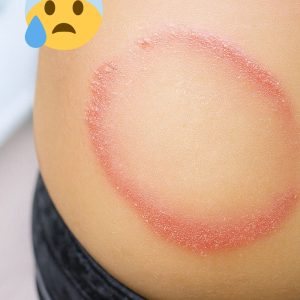Chin whiskers in women are more common than many realize, varying from fine and light to coarse and dark. “They can be influenced by hormonal changes, genetics, and certain medical conditions.” Androgens, including testosterone, play a key role in growth. Imbalances or increased sensitivity to these hormones, as in polycystic ovary syndrome (PCOS) or menopause, can make hair more noticeable. Birth control or hormone-affecting medications may also contribute.
Genetics strongly influence patterns—if female relatives had chin whiskers, you may too. Ethnicity plays a role, with women of Middle Eastern, Mediterranean, or South Asian descent often having more facial hair.
Medical causes include PCOS, adrenal gland disorders, Cushing’s syndrome, tumors, and sometimes hypothyroidism. “Sudden or excessive growth should be checked by a doctor” to rule out serious conditions.
Facial hair can cause embarrassment, anxiety, and social discomfort, impacting self-esteem. Cultural beauty standards often worsen these feelings, though attitudes toward natural beauty are slowly shifting.
Hair removal options range from temporary (plucking, waxing, shaving) to longer-lasting (laser, electrolysis, prescription creams). Healthy habits, like weight management, balanced diet, spearmint tea, and stress control, may help. Ultimately, “whether you remove it or embrace it, the choice should make you feel comfortable and confident.”
Ask ChatGPT





